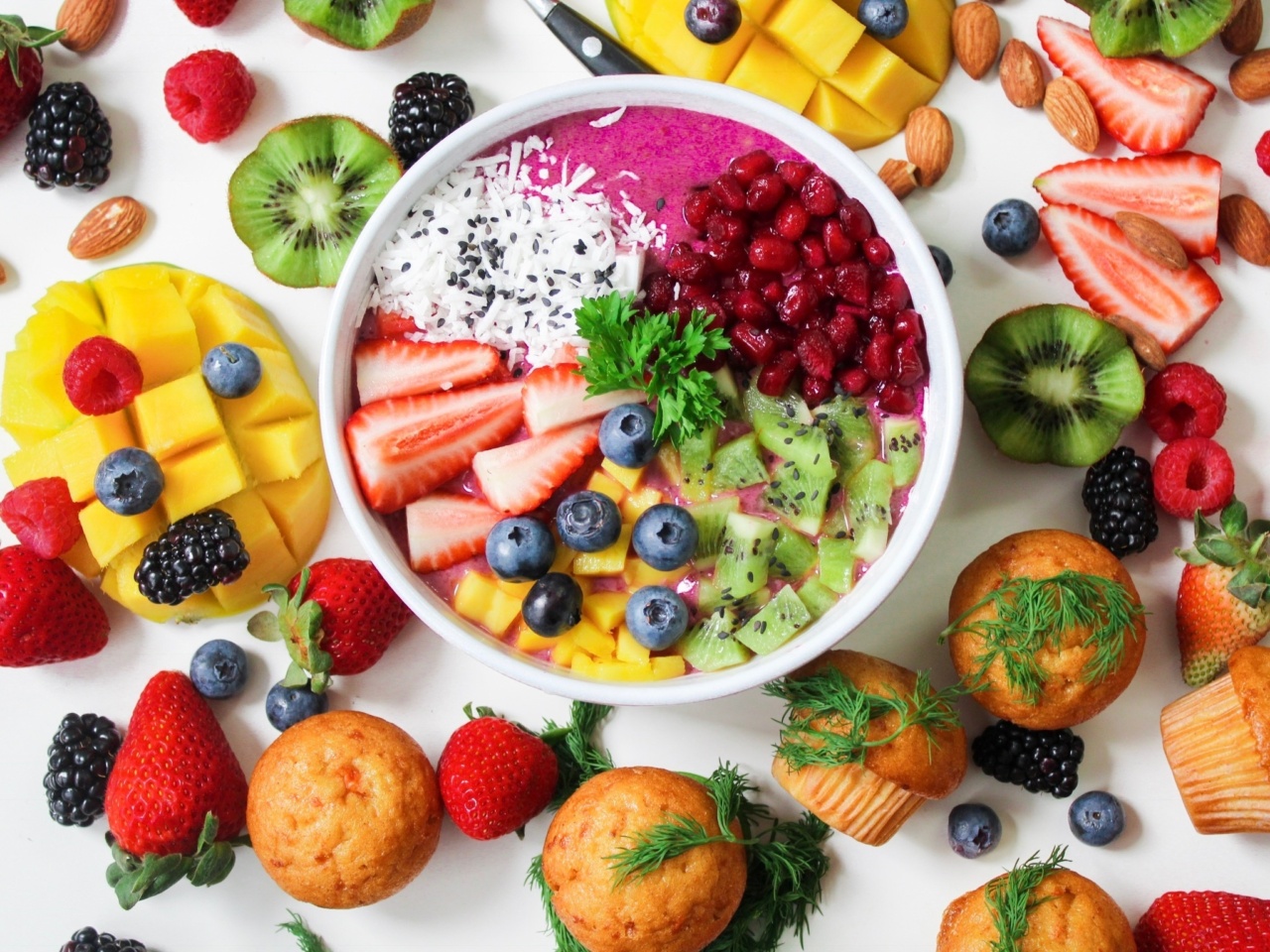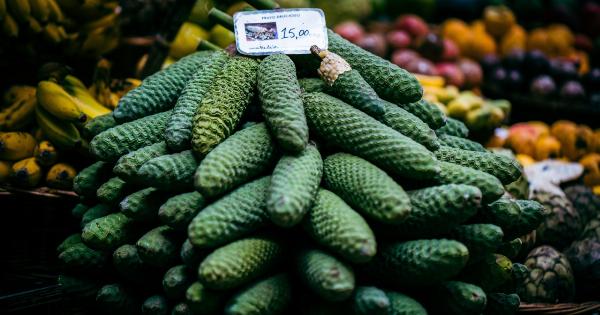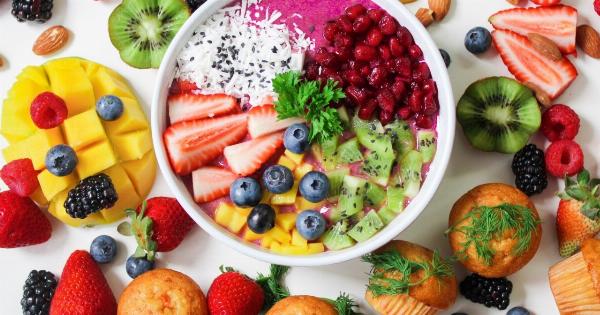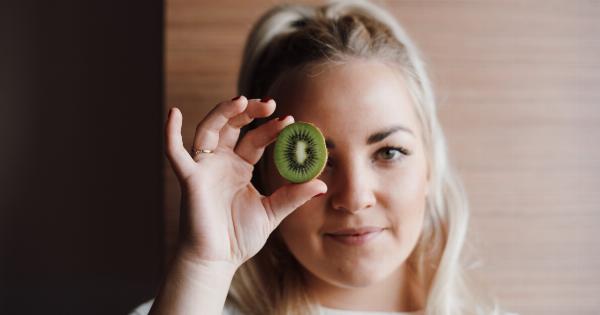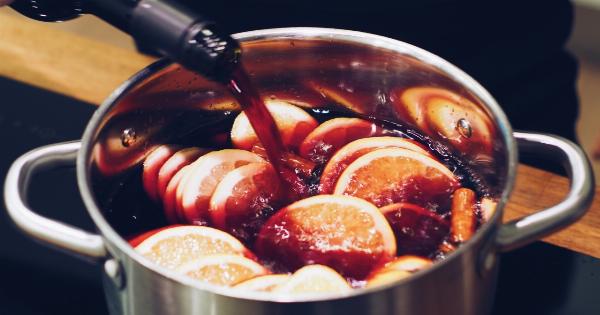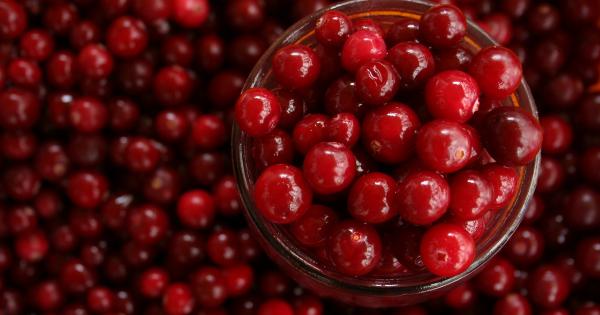Kiwi fruits are a small, oval-shaped fruit that is native to China. Today, kiwi fruit is cultivated all over the world and is considered one of the most delicious and nutritious fruits.
Kiwi fruit is a great source of vitamins A, C, and E, potassium, folate, fiber, and antioxidants. In this article, we will discover the sweetness of kiwi fruits and learn how to choose, store, and eat them.
History
Kiwi fruits were originally called “Yang Tao” and were used as medicine in traditional Chinese medicine. In the early 20th century, kiwi fruits were introduced to New Zealand by a schoolteacher.
The fruit was then cultivated in New Zealand and marketed under the name “kiwi” because of the resemblance to the kiwi bird, which is native to New Zealand. Today, New Zealand is one of the largest producers and exporters of kiwi fruit in the world.
Types of Kiwi Fruit
There are two main types of kiwi fruit:.
- Fuzzy Kiwi Fruit: The most common type of kiwi fruit is the fuzzy kiwi fruit. It has a brown, hairy skin and bright green flesh.
- Golden Kiwi Fruit: The golden kiwi fruit has a smooth, hairless skin and bright yellow flesh. It is sweeter and less tart than the fuzzy kiwi fruit.
How to Choose Kiwi Fruit
When choosing kiwi fruit, look for ones that are plump and firm to the touch. Avoid kiwi fruit that is too soft or wrinkled. Kiwi fruit should have a brown, fuzzy skin that is free from cuts or bruises.
Golden kiwi fruit should have a smooth, unblemished skin.
How to Store Kiwi Fruit
Kiwi fruit should be stored at room temperature until they are ripe. Once ripe, they can be stored in the refrigerator for up to a week.
Kiwi fruit should not be stored near other fruits as the ethylene gas that is produced can cause them to ripen too quickly. If you want to speed up the ripening process, put the kiwi fruit in a paper bag with an apple or banana as the fruits will produce ethylene gas.
How to Eat Kiwi Fruit
Kiwi fruit can be eaten with the skin or without. If you prefer to eat the skin, make sure you wash the kiwi fruit thoroughly before slicing it. To slice kiwi fruit, use a sharp knife and cut off the ends.
Then, slice the kiwi fruit in half and scoop out the flesh with a spoon. Kiwi fruit can be eaten raw, added to smoothies, or used in desserts.
Kiwi Fruit Nutrition
Kiwi fruit is a great source of vitamins A, C, and E, potassium, folate, fiber, and antioxidants. One kiwi fruit contains:.
- Calories: 61
- Protein: 1.1 grams
- Fat: 0.5 grams
- Carbohydrates: 14.7 grams
- Fiber: 2.5 grams
- Vitamin C: 64 milligrams
- Vitamin K: 31.6 micrograms
- Potassium: 252 milligrams
- Folate: 24.4 micrograms
Health Benefits of Kiwi Fruit
Kiwi fruit has numerous health benefits, including:.
- Boosts Immunity: Kiwi fruit is a great source of vitamin C, which can help boost immunity and protect against infections.
- Reduces Inflammation: Kiwi fruit contains enzymes that can help reduce inflammation in the body, which can help protect against chronic diseases like heart disease and cancer.
- Improves Digestion: Kiwi fruit is rich in fiber, which can help improve digestion and prevent constipation.
- Supports Heart Health: Kiwi fruit is a great source of potassium, which can help reduce blood pressure and support heart health.
- Protects Against Age-Related Macular Degeneration: Kiwi fruit is high in antioxidants that can help protect against age-related macular degeneration, the leading cause of blindness in older adults.
Conclusion
Kiwi fruit is a delicious and nutritious fruit that is high in vitamins, fiber, and antioxidants. It is easy to choose, store, and eat, and can be enjoyed in many different ways.
With its numerous health benefits, kiwi fruit is definitely worth adding to your diet.
